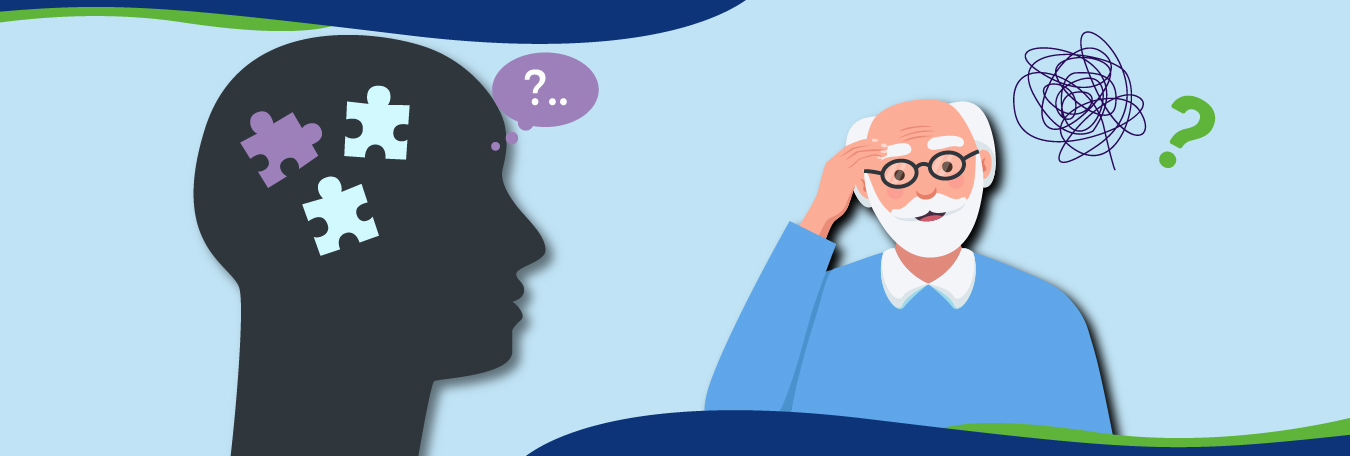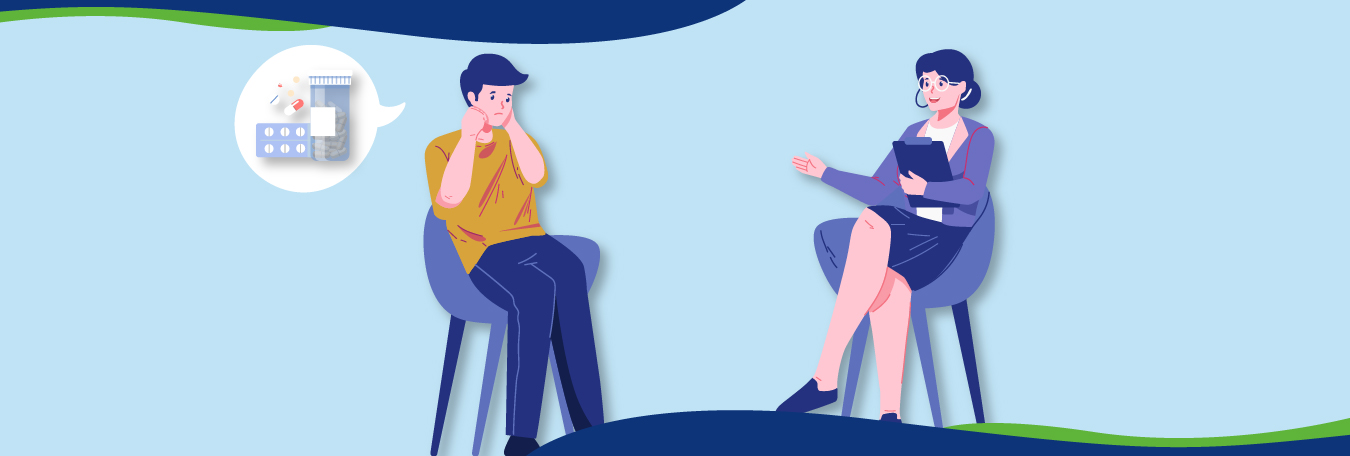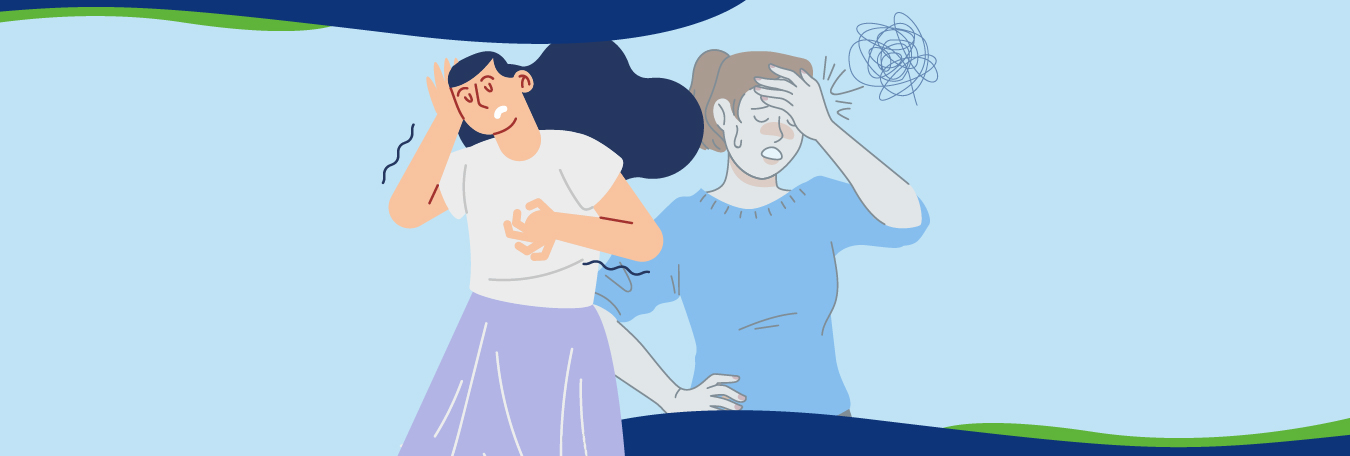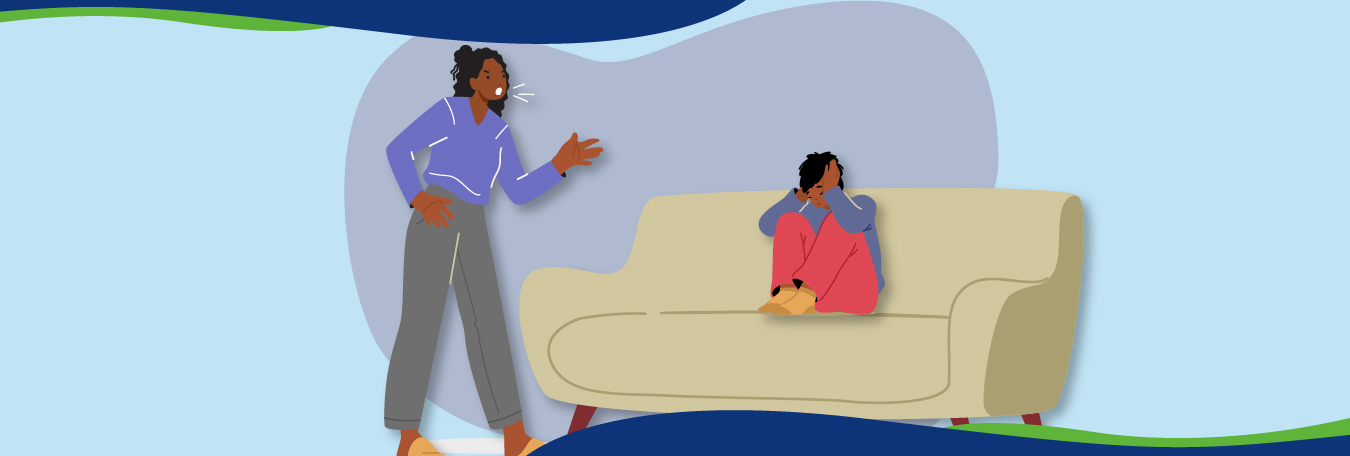Attention-deficit/hyperactivity disorder affects women, men, and children differently. Little research has been done on attention deficit hyperactivity disorder (ADHD) in adult women and teenage females. In the case of ADHD men and boys have been more focused until today. Studies show that boys usually get a more precise diagnosis than girls. So can the fact that girls and women often have different ADHD symptoms that are easily overlooked. In this blog, we will see the signs of ADHD in adult women, ADHD symptoms in female teenagers, and diagnosis and treatment for ADHD in women.
What is ADHD?
Attention deficit hyperactivity disorder (ADHD) is a neurodevelopmental disorder that often starts in early childhood. When the hyperactive nature of ADHD was ignored, it used to be called attention deficit disorder (ADD). ADHD is often misunderstood. In ADHD a person experiences different issues concentrating becoming distracted, being hyperactive, and being impulsive. This may cause people with ADHD to have problems with their schooling, friendships, work, and family life. While ADHD is more common in boys, it’s underdiagnosed in girls and adults.
Symptoms of ADHD in Women
ADHD symptoms in women are different from men. We understand ADHD commonly starts in childhood and often continues into adulthood, it can be different at different stages in a female’s life. There are three different types of ADHD: inattentive, hyperactive, and both. While predominantly inattentive type ADHD is more common in females, it is also possible to have predominantly hyperactive-impulsive type ADHD or combined type ADHD. These symptoms of ADHD revolve around an issue called executive dysfunction. The most common symptoms for women include struggling with time management, disorganization, feeling overwhelmed, and a history of anxiety and depression Issues with money management.
Inattentive Type ADHD Symptoms in Women
Symptoms of ADHD in adult females can influence their daily lives in so many ways. Inattentive-type symptoms can disrupt work or schoolwork and social relationships. To make sure you suffer from inattentive type ADHD, you must make sure you feel at least six of them for at least six months.
- You make more errors because of inattention.
- You are forgetful.
- You dislike or avoid tedious tasks, such as busy work, chores, or paperwork.
- You have a short attention span as compared to your age.
- You feel that you do not pay attention when others talk.
- You have poor organizational skills for your age.
- You often have a hard time listening to others and have a hard time attending to details.
- You get easily distracted.
- You have poor study skills as compared to your age.
Read More: The Ultimate Guide to ADHD test for teenagers
Hyperactive Type Symptoms of ADHD in Women
The second type of ADHD is hyperactive and common ADHD symptoms in female adults are as follows for this type. Hyperactive/impulsive-type symptoms can disrupt your relationships, work, school work habits, and more. Symptoms of ADHD in adult females are likely not to be present for this type, but they’re still possible. To have a hyperactive/impulsive subtype of ADHD, you must have at least six of the following, lasting over six months.
- A person with hyperactive ADHD seems to always be in motion; runs or climbs, at times with no clear goal except motion.
- You might have a hard time staying in a seat even when it’s expected.
- You have fidgets with your hands or squirms when in a seat.
- Girls with ADHD talk a lot.
- You have a hard time doing quiet activities.
- You lose or forget things repeatedly and often.
- You are not able to stay on task and shift from one task to another without completing any.
Read More: ADHD in adults: Symptoms, Causes, Treatment
Impulsive Type ADHD Women Signs
The third type is impulsive or combined in which you have the symptoms of both types of ADHD. Its symptoms include:
- If you have the impulsive type of ADHD, you often interrupt others
- You have a hard time waiting for their turn in school or social games
- You tend to blurt out answers instead of waiting to be called on
- You take risks often, and often without thinking before acting
How Common is ADHD in Women?
ADHD is not so common in women. The estimates for how ADHD affects people based on their sex give results differently. According to most estimates, male to female ratio is 2 to 1 which means that boys are affected double as girls. In adulthood, the rates become much more similar because women are more likely to receive this diagnosis as adults.

ADHD Diagnosis for Women
A healthcare provider can diagnose ADHD in you or your child. Female ADHD tests typically involve asking questions about current and past symptoms. You have to go through a complete adhd in women checklist to analyze the condition. Providers also use special questionnaires designed to help diagnose ADHD. There aren’t any labs or medical tests that can help with diagnosing ADHD, especially for women.
How Does ADHD Differ in Men and Women?
ADHD is a neurodevelopmental disorder caused by inattention, hyperactivity, and impulsivity. There are three types of ADHD which involve predominantly inattentive type, predominantly hyperactive-impulsive type, and combined type (where both inattentive and hyperactive-impulsive symptoms are present).
Read More: Normal Brain Vs ADHD Brain – How We Are Wired Differently
While females with ADHD can fall anywhere within this spectrum, they are more often diagnosed with predominantly inattentive type ADHD. Males are most frequently diagnosed with the hyperactive-impulsive type and females are also likely to be diagnosed later than males.
| ADHD in Men | ADHD in Women |
| Predominantly hyperactive-impulsive type | Predominantly inattentive type |
| ADHD is often recognized in early childhood | ADHD is often misdiagnosed with other problems like anxiety and depression. |
| Develop aggressive and active behaviors | Develop adaptive behavior to mask symptoms |
Treating ADHD in Females
After understanding the ADHD diagnosis for women and signs of ADHD in adult women, we need to understand the treatment plans for ADHD especially for women. There are multiple ways to treat ADHD in women. Let’s have a look at the treatment options.
Read More: Can ADHD Medication Cause Weight Gain In Adults?
Medications
It is one of the most common treatments that is used to cure mental disorders. But it is a neurodevelopmental problem, it can be treated with medication but the best treatment for it is through talk therapy. The medicines used for ADHD in females are stimulants, non-stimulants, and antidepressants which are also used for the treatment of depression, actual stress, and anxiety.

Therapeutic Approach
The second most notorious and effective way to treat ADHD in women is psychotherapy or talk therapy. In this cognitive behavioral therapy and exposure therapy are considered to be the effective ones. These therapies are also used for anxiety and depression.
Read More: Psychotherapy For ADHD in Adults
Self-Care Activities
The third solution is self-care activities. You can try this by taking care of yourself like sleeping for 8 hours, waking up early, lowering your caffeine intake, and exercising daily. ADHD masking tactics sometimes can also help in controlling symptoms of ADHD in women.
Medical Assistance for ADHD
If you ever need medical assistance for ADHD, Inland Empire Behavioral Group is your clinic for mental health issues. While there is no diagnosis for ADHD in women, we can provide the ADHD women test and offer customized treatment for you. If you cannot come to the clinic, we also provide telehealth services in the comfort of your home. Contact us now and get the services.
Conclusion
ADHD in women is often overstated and is not very common among girls. And because of this, sometimes ADHD is confused with other mental health problems, specifically in women. The type of ADHD that is found among girls is inattentive type. ADHD symptoms in women include forgetfulness, being easily distracted, and fidgeting. ADHD in women is treated with medication and cognitive behavioral therapy.




